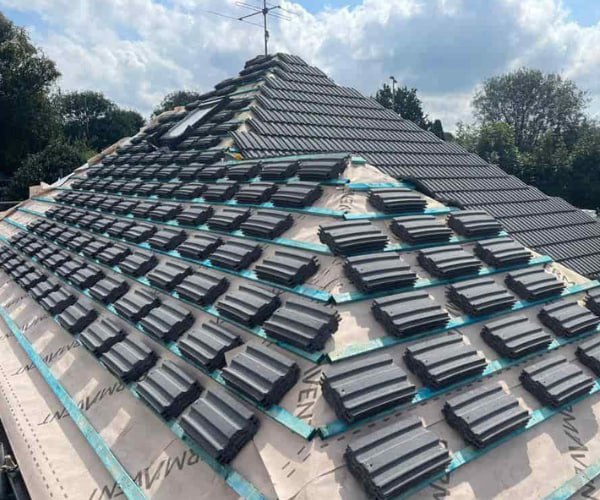How Weather Impacts the Lifespan of Lead Flashing
Introduction: Lead flashing is an essential component of any roofing system, serving as a protective barrier against water intrusion in vulnerable areas like roof joints, chimneys, and valleys. While lead flashing is known for its durability, it is not invincible. The weather, in particular, can play a significant role in determining the lifespan of lead flashing. In this blog post, presented by KLJ Roofing Towcester, we’ll explore how weather conditions can impact the longevity and effectiveness of lead flashing.
1. Extreme Temperatures
One of the primary weather-related factors that can affect lead flashing is temperature fluctuations. Lead is known for its ability to expand and contract with temperature changes. While this flexibility allows it to maintain a secure seal in varying weather conditions, extreme temperature fluctuations can take a toll over time.
Lead flashing may expand and contract repeatedly in regions with significant temperature swings. Over time, this can lead to stress on the material, causing it to weaken, crack, or develop small fissures. Regular inspections are essential in such climates to promptly identify and address any damage.
2. UV Exposure
Ultraviolet (UV) rays from the sun can also impact the lifespan of lead flashing. Prolonged exposure to UV radiation can cause the lead to oxidise and develop a dull or chalky appearance on its surface. While this oxidation doesn’t necessarily affect the flashing’s structural integrity, it can reduce its aesthetic appeal.
Some homeowners apply protective coatings or paint to their lead flashing to counteract UV damage. However, it’s essential to consult with roofing professionals to ensure that any layers used are compatible with the flashing material.
3. Heavy Rainfall
Regions with frequent heavy rainfall pose unique challenges to lead flashing. The constant deluge of rain can place added stress on the flashing, especially in areas like valleys and roof joints where water accumulates.
Over time, the water’s erosive effect can cause the lead flashing to deteriorate or develop small perforations. Proper installation, regular inspections, and timely maintenance are vital in regions prone to heavy rain to prevent water damage.
4. Hail and Storms
Severe weather events, including hailstorms and strong winds, can also impact lead flashing. Hailstones can dent or damage the flashing’s surface, creating vulnerabilities that may lead to leaks. High winds can dislodge or lift flashing sections, compromising their effectiveness.
After severe weather events, inspecting your roof for any visible damage to the flashing and addressing it promptly to prevent further issues is crucial.
Conclusion: While lead flashing is a durable and long-lasting roofing material, it is not immune to weather effects. Understanding how weather conditions can impact the lifespan of lead flashing is essential for homeowners looking to protect their roofing investment. Regular inspections, proper installation techniques, and timely maintenance ensure that lead flashing remains effective in sealing vulnerable areas and preventing water intrusion. If you suspect damage to your lead flashing or need assistance with repairs or replacement, consulting with roofing professionals like KLJ Roofing Towcester is recommended to ensure your roofing system’s continued protection and longevity.
Call us on: 01327 223 898
Click here to find out more about KLJ Roofing Towcester
Click here to complete our contact form and see how we can help with your roofing needs.

